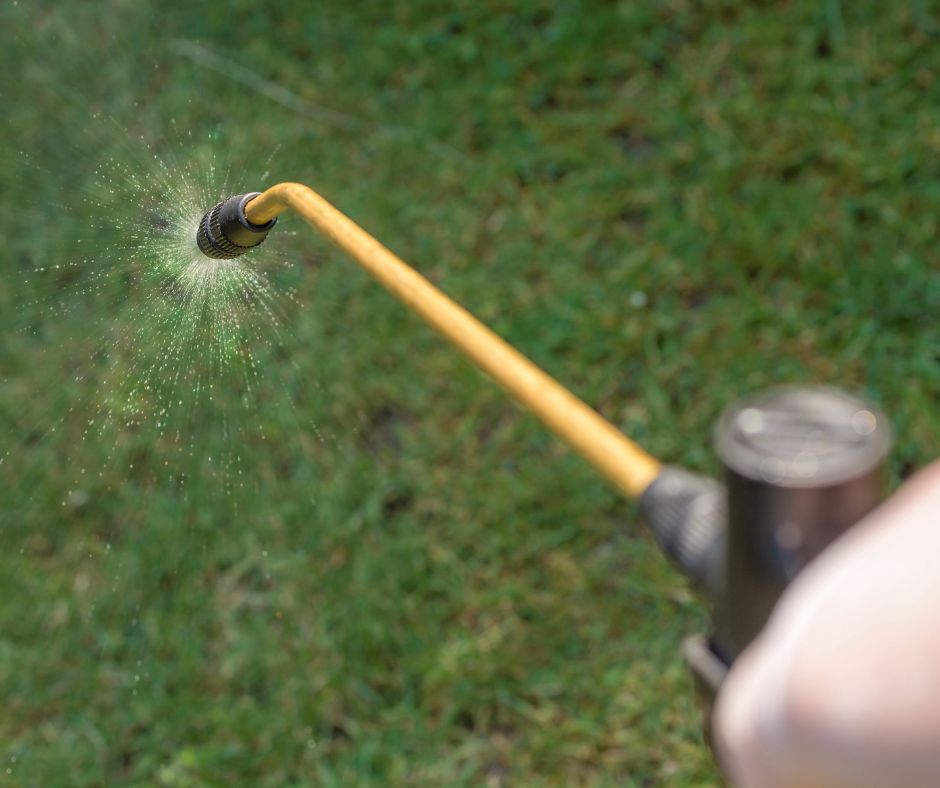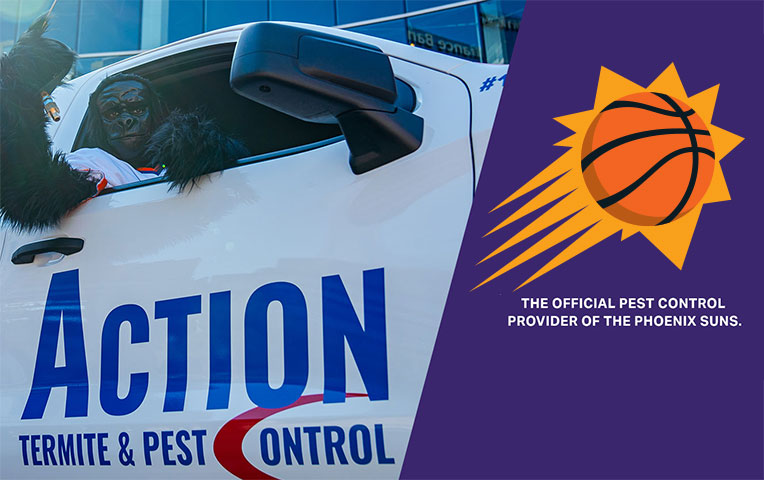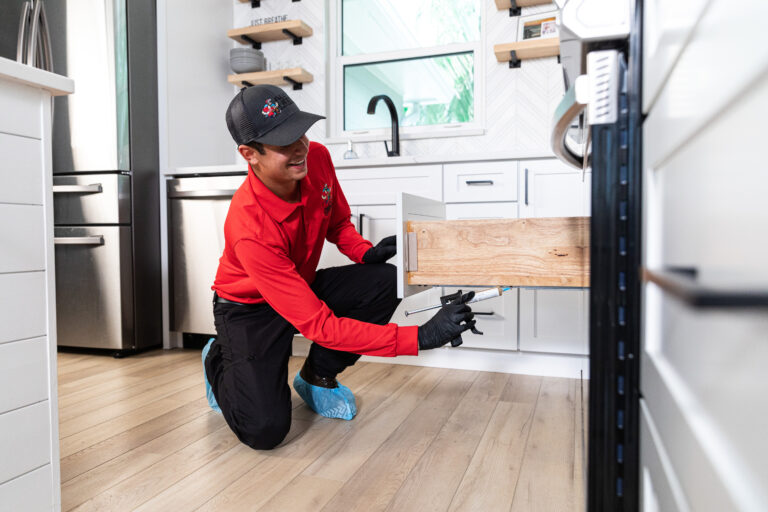Effective Cockroach Exterminator Port Charlotte to Prevent Infestations in Your Home
Discover the most recent Breakthroughs in Pest Control and Exactly How to Carry Out Effective Therapy Solutions
In current years, the field of insect control has actually seen substantial improvements, driven by the need for lasting and effective therapy solutions. Ingenious approaches such as Integrated Bug Management (IPM) integrate environmentally friendly techniques with advanced modern technology, enhancing both effectiveness and ecological responsibility.
Eco-Friendly Bug Control Options
Recently, the need for eco-friendly bug control options has surged as organizations and home owners alike look for lasting options to standard chemical therapies. This change is driven by growing environmental understanding and a wish to reduce the health risks associated with synthetic chemicals.

Environment-friendly insect control methods incorporate a variety of strategies that focus on making use of natural materials and methods. Integrated Pest Monitoring (IPM) is one such technique, combining organic, cultural, and mechanical methods to handle insect populaces while minimizing reliance on chemicals (Wildlife removal services). This all natural technique stresses prevention via habitat adjustment and the introduction of all-natural killers, thereby cultivating a balanced environment
An additional popular choice is the use of botanical pesticides originated from plants, which tend to be less unsafe to non-target organisms. Products like neem oil and diatomaceous earth have actually gained grip for their effectiveness in controlling bugs while posing minimal risks to human wellness and the environment.
Additionally, exclusion methods, such as sealing entrance points and keeping cleanliness, play an essential function in eco-friendly pest monitoring. By taking on these lasting techniques, businesses and people can effectively manage insects while advertising a much healthier earth for future generations.
Smart Modern Technology in Insect Management
Technology is improving the landscape of insect administration, with smart technology arising as a pivotal pressure in boosting performance and efficiency - Wildlife removal services. The assimilation of Web of Points (IoT) devices, fabricated knowledge (AI), and information analytics is changing how pest control experts come close to invasions
Smart traps outfitted with sensors can find bug activity in real-time, sending out immediate alerts to operators. This enables prompt feedbacks, minimizing damages and reducing the demand for substantial therapies. Additionally, AI formulas analyze historic data to predict pest habits, enabling positive interventions based on ecological conditions and infestation patterns.
Drones and computerized vehicles are additionally playing a substantial duty in pest administration, offering airborne evaluations of large locations, recognizing hotspots, and even dispersing targeted therapies. These modern technologies not just enhance procedures yet likewise improve safety and security by restricting human exposure to possibly unsafe chemicals.
Additionally, mobile applications equip consumers to monitor insect activity and accessibility professional recommendations, cultivating a collective technique to pest management. On the whole, the adoption of clever modern technology is setting a brand-new standard in bug control, stressing data-driven decisions and sustainable methods that ultimately profit both homeowners and specialists alike.
Integrated Pest Management Approaches
Integrated Pest Administration (IPM) uses a holistic method to pest control, incorporating numerous techniques to properly take care of pest populations while decreasing threats to human health and the environment. IPM focuses on comprehending the pest life process, their all-natural adversaries, and the ecosystem in which they flourish.
Among the basic parts of IPM is keeping track of pest populaces via regular assessments and information collection. This enables for the recognition of insect limits, identifying when treatment is needed. Cultural methods, such as plant rotation, sanitation, and habitat control, are essential in reducing pest prevalence and advertising plant health.
Mechanical controls, consisting of catches and obstacles, are likewise important in IPM. These techniques can literally remove or deter bugs without the usage of chemicals. When required, the cautious application of chemical controls is utilized, focusing on targeted treatments that reduce ecological effect.
Education and learning and cooperation among stakeholders, consisting of farmers, bug control specialists, and the area, are important for the effective implementation of IPM approaches. By prioritizing lasting practices, IPM not just addresses pest concerns yet also fosters a much healthier environment.
Biological Control Techniques
Various biological control techniques are progressively identified for their effectiveness in managing bug populaces while promoting ecological balance. These approaches harness natural predators, bloodsuckers, and microorganisms to reduce pest numbers without depending on artificial chemicals. The intro of ladybugs can effectively manage aphid populations, while nematodes target soil-dwelling insect larvae.
In addition, the use of microbial pesticides, such as Bacillus thuringiensis (Bt), provides an eco-friendly alternative for managing caterpillar insects. These items particularly target pest types, lessening damage to helpful pests and pollinators. Furthermore, conservation biological control highlights improving habitats for natural enemies, such as birds and beneficial bugs, consequently urging their presence in agricultural systems.
Study proceeds to reveal what is pest control treatment innovative methods within this area, such as making use of scents to interfere with pest breeding patterns or the growth of biocontrol representatives via genetic modification. Executing these techniques can cause lasting bug monitoring methods that alleviate the dependence on chemical interventions, eventually promoting healthier ecosystems. As understanding of these techniques grows, they are becoming integral parts of integrated insect monitoring (IPM) approaches, offering a balance in between reliable parasite control and ecological stewardship.
DIY Pest Control Solutions
As homeowners look for efficient ways to take on parasite problems, DIY pest control remedies have acquired popularity for their access and cost-effectiveness. These approaches equip individuals to deal with infestations using conveniently available products and methods, typically without the requirement for professional treatment.

Furthermore, keeping correct cleanliness and regular inspections can avoid pest entrance and nesting (Wildlife removal services). Easy practices, such as securing splits, removing food resources, and decluttering, can considerably decrease insect populations. Catches, both homemade and readily readily available, can additionally supply effective remedies for tracking and controlling certain insects like insects or rats

Conclusion
The integration of eco-friendly parasite control choices, smart modern technology, and ingenious management strategies offers an extensive approach to efficient parasite monitoring. By welcoming Integrated Insect Administration (IPM) and making use of biological control methods, together with DIY options, sustainable and liable insect control can be attained. These improvements not just improve the efficiency of bug management methods but likewise add to a healthier setting. Executing these approaches promotes a well balanced ecosystem while successfully addressing pest populations.
Environment-friendly parasite control techniques include an array of approaches that prioritize the use of natural substances and practices. Integrated Insect Administration (IPM) is one such technique, incorporating organic, social, and mechanical methods to handle parasite populaces while reducing reliance on chemicals. As awareness of these techniques expands, they are coming to be important parts of incorporated parasite monitoring (IPM) approaches, you could check here supplying an equilibrium in between reliable pest control and environmental stewardship.
The assimilation of eco-friendly parasite control alternatives, clever innovation, and cutting-edge monitoring strategies presents a comprehensive technique to effective bug administration. By embracing Integrated Pest Monitoring (IPM) and using biological control methods, along with DIY solutions, responsible and lasting bug control can be achieved.